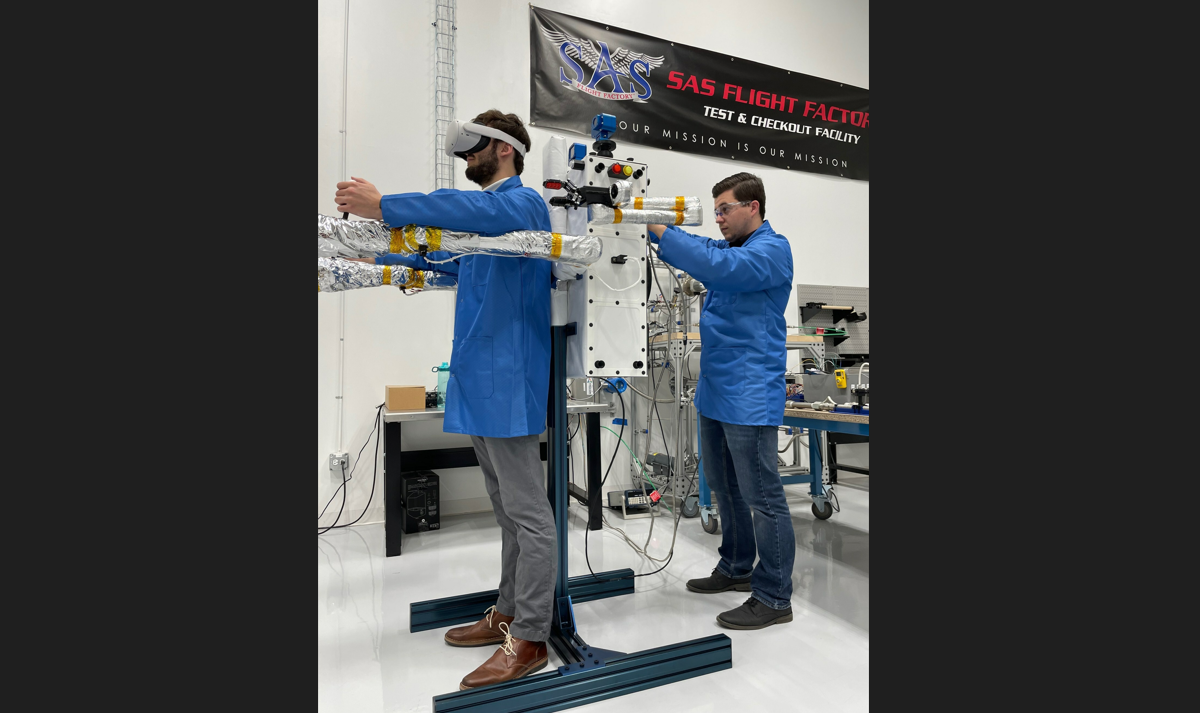
SAS sees a market for an Autonomous Maneuvering Unit to help with in-space servicing.
Special Aerospace Services (SAS) has been awarded a Space Act Agreement by NASA to develop an Autonomous Maneuvering Unit (AMU) for civil, commercial and national security missions.
The company has spent the last three years investing in in-space servicing, propulsion and robotic technology to develop a prototype AMU, as well as an “Astronaut Assist-AMU” for commercial in-space servicing and mobility applications, it said on June 28. SAS is an aerospace engineering services company.
The equipment appears to be akin to NASA’s Manned Maneuvering Unit (MMU) and the Simplified Aid For EVA Rescue (SAFER)–astronaut backpack propulsion devices for extravehicular activities, such as satellite retrieval, in-space construction and rescue operations. The MMU was used on three separate space shuttle missions in 1984, allowing astronauts to fly around space without a tether.
NASA hoped that the MMU would pay for itself as a tool for satellite recovery and repair. The space agency offered the service to civilian agencies, the military and commercial satellite operators, but did not find a market for it.
“Tethers, safety grips, hand bars, and other restraints allowed astronauts to work in the open cargo bay [of the space shuttle],” NASA recounts in its history of the MMU. “Furthermore, the maneuverability of the space shuttle itself and the utility of the shuttle’s robotic manipulator arm had proved capable of rescuing satellites–the primary function for which the MMU had been designed.”
The SAFER backpack device is worn during spacewalks outside of the International Space Station but is only for emergency situations.
NASA’s experience with similar devices should help speed up the development of the AMU, SAS says.
“This agreement is critical in providing expertise, historical data, lessons learned, and access to NASA personnel in order for SAS to accelerate our commercial development of the AMU technology,” says Tim Bulk, Special Aerospace Services chief technical officer and co-founder.
SAS says the AMU system would allow for safer assembly of commercial low-Earth-orbit space stations, as well as servicing, retrieval and inspection of other spacecraft. It is not clear what parts of the system would be autonomous. SAS did not immediately respond to a request for comment.
Interest in in-space servicing is growing as several companies plan to assemble commercial space stations within about a decade and others look to use robotic arms to grab and repair spacecraft.
